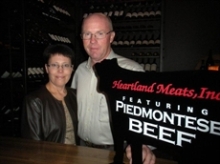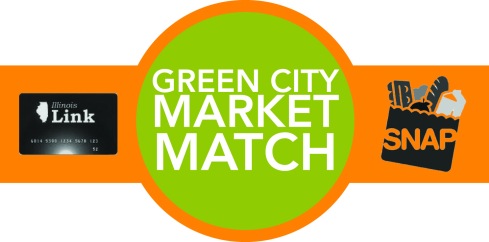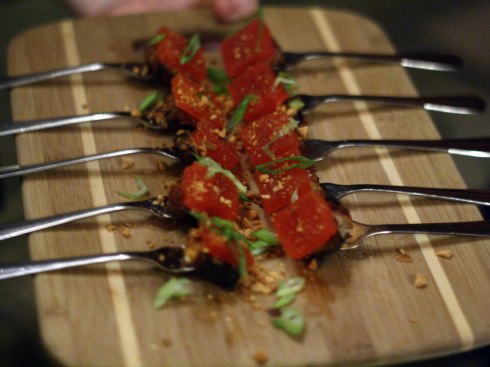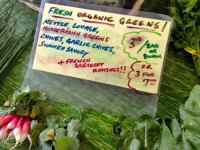Looking for a new twist on thanksgiving side dishes? It’s always nice to add a new dish to your Thanksgiving menu but the key is not to stray too far from the classics! This recipe pairs russet potatoes with sweet earthy of turnips in a bubbling gratin topped with crispy breadcrumbs. Thanksgiving is the best time to serve potatoes in multiple ways!
Potato and Turnip Gratin
Abby Mandel, the founder of Green City Market, loved having company over for informal
dinners at which she would arrange beautiful platters of food on her kitchen island so people
could help themselves to the season’s bounty. This gratin was inspired by a trip to France where
Abby noticed that chefs would layer various root vegetables, such as turnips or kohlrabi, along
with potatoes in their gratins. —Chris Djuric, customer and assistant to the Mandel family
Prep time: 30 minutes
Cook time: 1 hour
Standing time: 15 minutes
Makes 6 servings
2 tablespoons organic unsalted butter, divided
3 cloves garlic, minced, divided
1 cup heavy cream
2 pounds turnips or 1 large kohlrabi, peeled
2 pounds russet potatoes, peeled
Salt, to taste
Freshly ground black pepper, to taste
1 large leek, white part only, thinly sliced,
divided
1 cup shredded Gouda cheese or another good
melting cheese, divided
1 slice whole-wheat bread, torn into pieces
1. Preheat the oven to 375ÅãF.
2. Place 1 tablespoon of the butter and 1/2 the minced garlic in
the bottom of a 2-quart, shallow, microwave-safe casserole dish.
Microwave on high power for 30 seconds, until the butter is
melted. Remove from the microwave.
3. Brush the butter mixture around the dish, lightly coating the
bottom and sides. Set aside.
4. Combine the cream and remaining garlic in a small measuring
cup and set aside.
5. Place the turnips on a microwave-safe plate and microwave
on high power for 4 minutes. Remove from the microwave and
set aside to cool.
6. Using a large, sharp knife or mandoline, thinly slice the
turnips and potatoes into 1/8-inch-thick pieces. Place the slices
of each vegetable in separate bowls.
7. Pour 1/4 cup of the cream mixture over each bowl of vegetables.
Toss well and season generously with the salt and black
pepper. Toss again.
wint e r 179
8. Arrange 1/2 the potatoes in the prepared casserole dish. Top with 1/2 of
the leek and 1/4 cup of the cheese.
9. For the next layer, use all of the turnips, the remaining leek, and 1/4 cup
of the cheese.
10. For the last layer, use all of the remaining potatoes and the remaining
1/2 cup of cheese. Pour remaining cream mixture evenly over the top.
11. Place the bread pieces in the bowl of a food processor. Pulse until the
breadcrumbs reach the desired coarseness.
12. In a small skillet over medium heat, melt the remaining 1 tablespoon
of butter. Add the breadcrumbs to the skillet and toss well. Remove from
the heat.
13. Sprinkle breadcrumbs over the casserole and cover the dish with foil.
Place the dish on a baking sheet and bake for 45 minutes.
14. Uncover the dish and bake for 15 minutes, until the vegetables are
tender. Let stand for 15 minutes before serving










